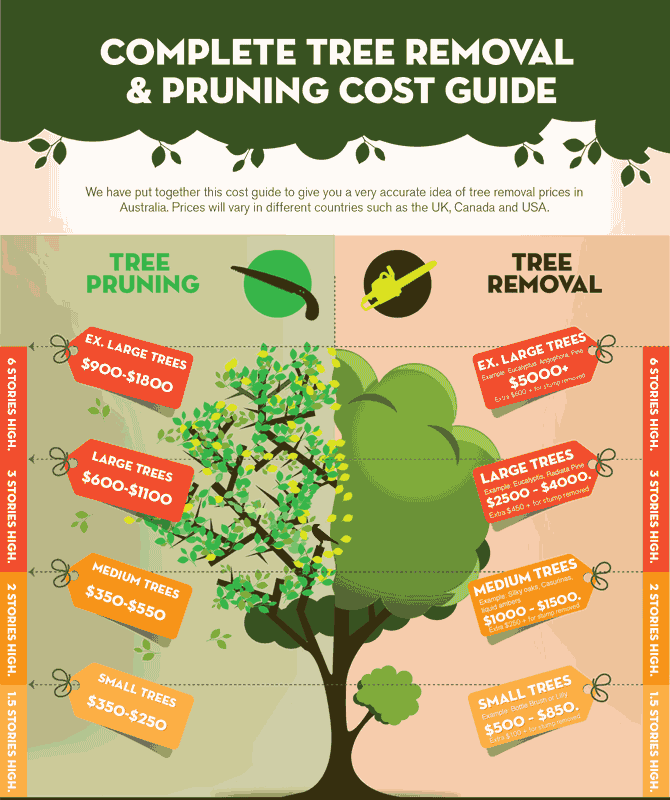Post-Tree Elimination Treatment: How To Restore Your Landscape Successfully
Post-Tree Elimination Treatment: How To Restore Your Landscape Successfully
Blog Article
Short Article Writer-Nunez McKinnon
After a tree's removal, your landscape may look fairly various, and it's essential to examine the after-effects thoroughly. You'll wish to examine the soil disruption and examine bordering plants for any indications of anxiety. Neglecting these variables can result in bigger issues down the line. So, what should you finish with those stumps and origins? And how do How Do I Prune A Mesquite Tree select the very best plants for your rejuvenated room? Allow's discover these important actions.
Analyzing the Results: Evaluating Your Landscape
After a tree elimination, it's important to evaluate your landscape to comprehend the effect it carries your lawn.
Start by analyzing the area where the tree stood. Try to find signs of soil disturbance, and inspect the bordering plants for any kind of stress or damages.
You ought to likewise keep in mind of exactly how the elimination has actually transformed sunlight direct exposure and air movement in your yard. This change can impact the development of close-by plants, so it's vital to examine their health.
Take into consideration the aesthetic aspects too; the removal could develop an open space that you can revamp.
Lastly, think about Trimming Crepe Myrtle Trees of prospective disintegration issues that could develop from the tree's absence. Resolving these variables early will help restore balance to your landscape.
Handling Stumps and Origins: Alternatives for Elimination
As soon as you've examined the consequences of the tree elimination, you'll likely need to take on the stump and origins left behind.
You have a few choices for elimination. One reliable technique is stump grinding, where a specialist utilizes a device to grind the stump down to underground degree. This approach leaves minimal disruption to your landscape.
If you prefer a DIY approach, you can utilize a mix of digging and chemical stump eliminators. Just bear in mind, this procedure can require time and effort.
Additionally, consider leaving the stump as a natural function, which can act as a distinct garden aspect or environment for wild animals.
Whatever you choose, resolving the stump and origins is important for recovering your landscape.
Picking the Right Plants for Your New Space
As you analyze your newly gotten rid of space, picking the right plants can substantially improve your landscape's charm and functionality.
Begin by considering the sunshine and soil problems. For bright locations, go with drought-resistant plants like lavender or succulents. In shaded places, ferns and hostas thrive well.
Think of the size and growth behaviors of your plants; mix perennials and annuals for seasonal variety. Do not neglect to incorporate indigenous varieties; they need much less upkeep and assistance local wildlife.
Group plants in odd numbers for a more natural appearance and produce layers for aesthetic deepness.
Finally, guarantee you have a mix of colors and structures to keep your landscape lively throughout the seasons.
Pleased growing!
Conclusion
In conclusion, recovering your landscape after tree elimination is a fulfilling process. By evaluating the after-effects, dealing with stumps and origins, and selecting the right plants, you'll produce a successful atmosphere. Don't forget to include disintegration control procedures to protect your dirt. With a little effort and treatment, you can change your area into a dynamic garden that enhances your property. Accept the chance to rejuvenate your landscape and appreciate the charm of nature right in your backyard!
